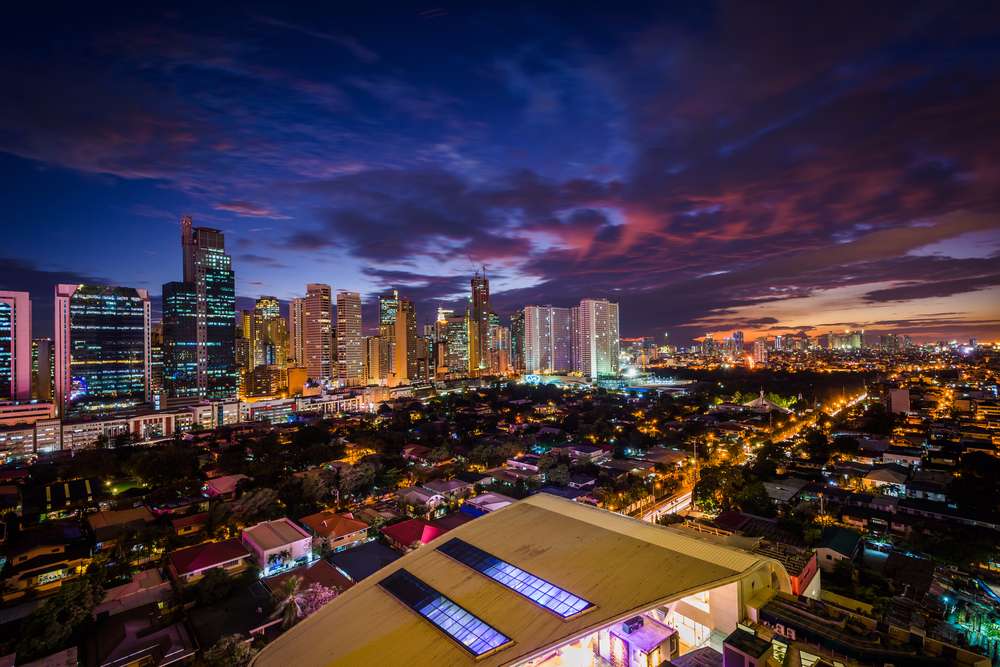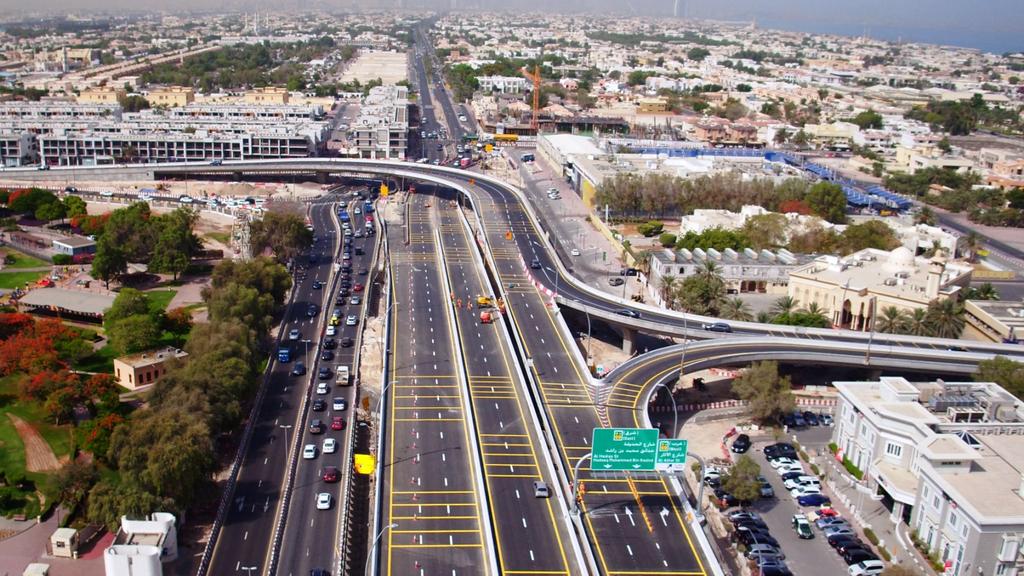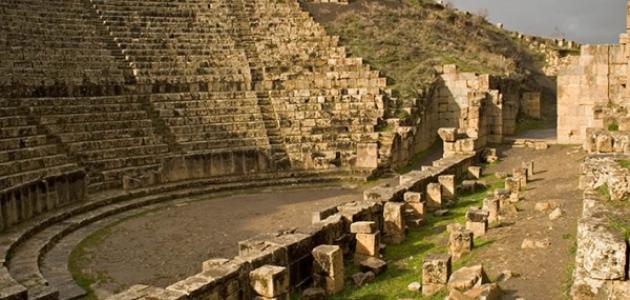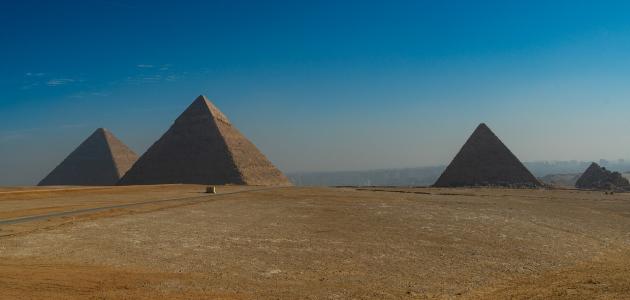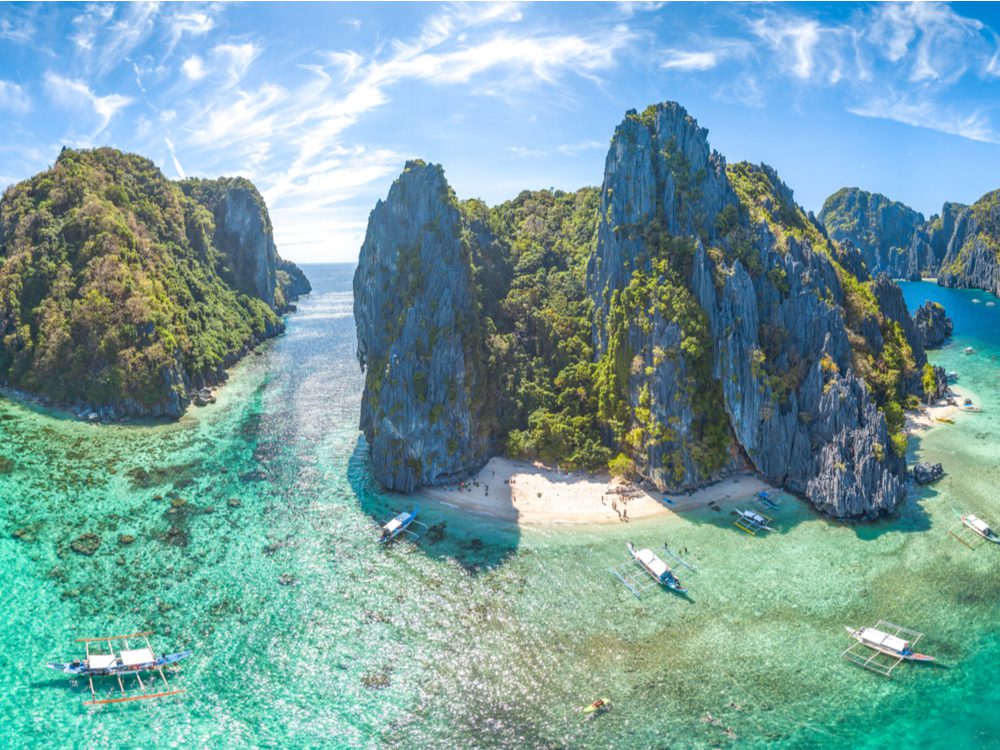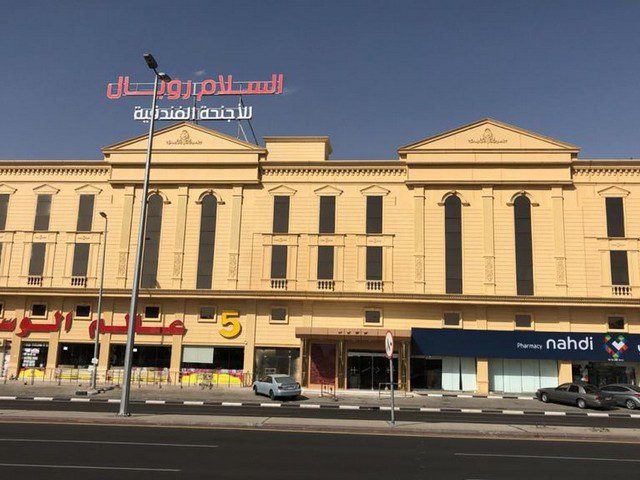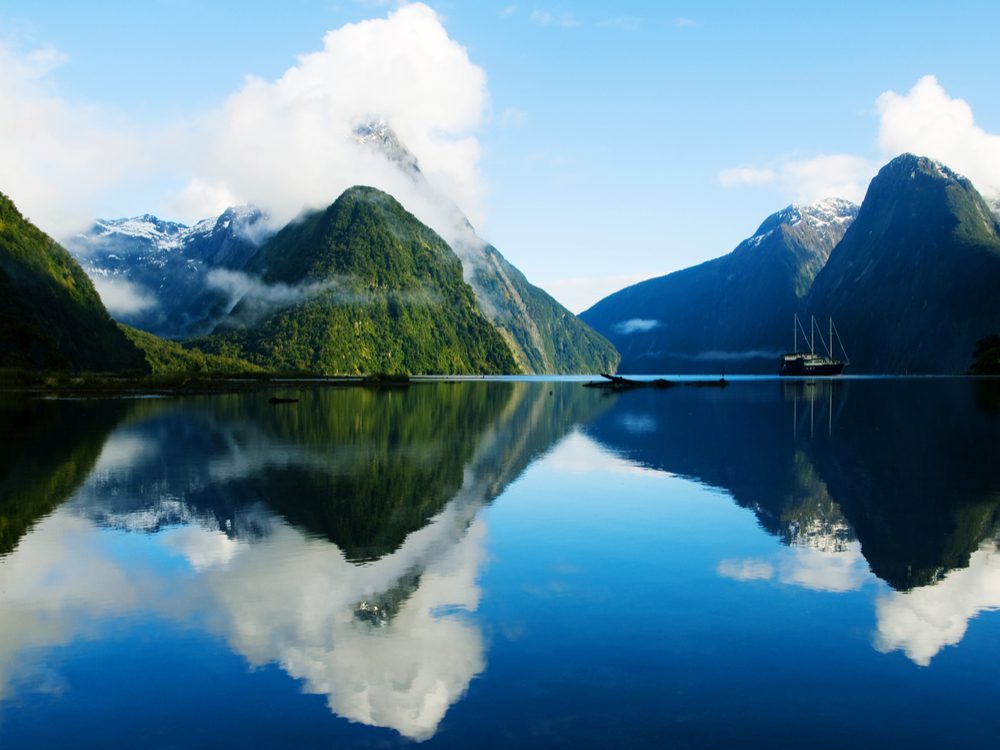The Hassan Tower of Moroccan architecture during the twelfth century is an eclectic, cultural and global mix that reflects the country’s long, rich and varied history. Many historical sites and ancient monuments enrich the architectural scene of the capital, Rabat. The amazing and incomplete Hassan minaret, now referred to as the Hassan Tower, is one of these monuments that makes Rabat, along with Fez, Marrakech, Meknes, and an empire in the northern kingdom bring you more details through Arab travelers.
Table of Contents
What is the Hassan silo?
Hassan Tower or Tour Hassan (Arabic: Hassan Silo) is the minaret of an incomplete mosque in Rabat, Morocco that started in 1195, and the tower was intended to be the largest minaret in the world alongside the mosque, and also aims to be the largest in the world. In 1199, Sultan Yaqoub al-Mansur died and the construction of the mosque was halted. The tower reached 44 m (140 ft), about half of its height of 86 m (260 ft). The rest of the mosque was also left unfinished, with the beginnings of several walls and 200 columns being constructed. The tower, made of red sandstone, with the remains of the mosque and the modern Mohamed V mausoleum is an important historical and tourist complex in Rabat.
Who is the founder of Hassan silo?
The founder of the Hassan Tower, Jacob Mansour, was a member of the Almohad caliphate, the barbarian Muslim empire in the Maghreb and Iberia. The tower was designed, according to some traditions, by an astronomer and mathematician named Jaber bin Aflah who was also supposed to design the tower of his sister Hassan, Giralda Seville in Andalusia (modern Spain) Each of the towers was built on the minaret on the basis of the Kutaba Mosque in Marrakech It is not possible to confirm the particiAl Bahahn of Jaber in the design of the temple although many scholars assume that the tower was designed by Ahmed bin Basso, designer of the Kutbah Mosque
Hassan Tower is one of the ruins of Rabat with a long history and Sultan Yaqoub Al-Mansour, who gave the order to build the tower that was supposed to be the largest minaret in the world. His death in 1199 stopped building the mosque, and the construction of the complex was “underway” as it appears today. Although not complete, the building consists of several walls and 200 columns that the mosque was supposed to have an undeniable charm The tower reached 44 meters, was inspired by his books Marrakesh, and the similarity is striking The interior of the tower is equipped with slopes The muezzin can ride a horse to call the prayer. Hassan Tower dominates a marble pillar, which is the remains of a mosque that was envisioned in the twelfth century so that the army of Jacob Al-Mansour could pray there. On this very slope stands the tomb of Mohammed V
The marble, made of bronze and marble, and the finely made panels of the dome pierced with stained glass, carved into a carved white agate block, resting on a slab of agate and dark blue granite that glitters like water.
Hassan Al-Marwa Tower is an incomplete minaret of the Hassan Mosque which was to be the second largest mosque in the Islamic world in the twelfth century after the Samara Mosque in Iraq.
Hassan silo and the reason for its construction
- The construction of this architectural treasure began in 1195 AD, during the reign of the leader of the Almohad, Yaqoub Al-Mansour, who practiced discrimination from 1184 to 1199, and was commissioned to build many other major mosques, notably the Kutaba Mosque in Marrakesh, Morocco, and the Giralda Tower, before it was converted. To the cathedral bell tower in Seville, Spain.
- The mosque is considered the cornerstone for establishing a new Islamic city. This was the first outright being held in the middle of a larger project that includes other surrounding buildings. The mosque was not only a place of worship, but also a haven for learning and a meeting place.
- Today, the unfinished Hassan Tower, the vast marble floors, the left columns and the surviving walls indicate huge dimensions of an unfinished mosque, which was supposed to span 183 meters by 128 meters. History experts say that building this huge mosque, which does not correspond to the size of Rabat as a small town, shows the ambition of the leader of the Almohad to make the city its new capital due to its strategic location between the capital and the empire at the time, Marrakesh, and the Iberian Peninsula, where large parts are under the rule of the Almohad.
- It also aspires to build a large-scale mosque that surpasses the Great Mosque in Cordoba, which was at that time the capital of the Western Islamic world.
- The 44-meter-high Hassan Tower rises in the sky, which is an ideal example of the stunning Moroccan Mohd architecture. This rectangular edifice, which was supposed to reach 88 meters, reflects the reverence that Moroccans have had to mosques since the advent of Islam. It is no coincidence that this reverence was evident at the end of the twentieth century when the Hassan II Mosque, one of the largest mosques in the world and the tallest minaret (210 meters), was opened in 1993 in Casablanca.
- Above the Borigrigue tower, the sandstone stone Hassan Tower measures 16 meters from each side and is decorated on the outside with a magnificent Islamic calligraphy. The same beautiful patterns are observed in the Giralda Tower in Seville, which was the capital of the Unified Dynasty of the Iberian Peninsula.
- From the inside, the tower is ascended by stairs instead of stairs, which reflects the architectural genius of the minaret. They were allowed to use animals to transport the heavy stones and building materials needed to build the top of the tower. The same slopes had enabled the muezzin to ride a horse up to call for prayer.
- Traditions say that Hassan Tower was commissioned by Jacob Mansour, and designed by an architect named Jaber who placed it on the minaret of the battalion he had designed earlier that the architect himself supervised the construction of the famous Giralda tower.
- Today’s Giralda Cathedral in Seville was a magnificent mosque founded by Jacob Mansour and its minaret, which still maintains the same Islamic calligraphy as the Hassan Tower, was one of the tallest buildings in the world. In the sixteenth century.
- The Al-Hassan Tower, the Minaret of the Battalion, and the Giralda Tower are three sister towers that impressively embody the same features that characterize the unified minarets, especially the rectangular shape, the enchanting Islamic calligraphy and the unified design. They also show great architectural and mathematical knowledge at that time, and advanced know-how building expertise in that era Morocco and Islamic Spain, where it showcases civilized taste, culture and learning.
- Yacoub Al-Mansour, who ordered the building of all these monuments, and his name was Mansour Bella (Victorious of God), after his landslide victory in the Battle of Alarcos, 1165, over the Castilian king Alfonso VIII during his reign, the Moroccan Empire reached its climax, extending east as far as Tunisia and controlling large parts From Spain and modern Portugal.
- Yaqoub Mansour protected the prominent Islamic philosopher Ibn Rushd (Ibn Rushd), who left long-term publications on Western civilization, and wrote reference comments on most of Aristotle’s works
- After the death of Mansour in 1199, the construction of the Hassan Mosque, which had almost been achieved in 1755, was halted. The mosque hall was destroyed by a violent earthquake centered in the Portuguese city of Lisbon, which was raised on the ground and some rubble survived this natural disaster, thanks to the hardness of the stones. Sandy and the strong foundation on which you stand.
- The Hassan Tower is now one of the most magnificent historical monuments in Morocco, mentioning that the eight centuries-old tower adorned with charming gardens around it, was listed in 1995 as a World Heritage by UNESCO.
- The magnificent incomplete tower and the stunning ruins of the Hassan Mosque completely contrast with the perfection of the adjacent shrine that was raised in honor of the late King Mohammed V, and contains his tomb in addition to the tomb of his late son King Hassan II and Prince Moulay Abd Allah.
- With its noble green pumping, the mausoleum is a successful mixture of modern architecture and traditional historical architecture in Morocco and the site is considered the main landmark in the Moroccan capital that attracts tens of thousands of domestic and foreign tourists.
:
- 1

